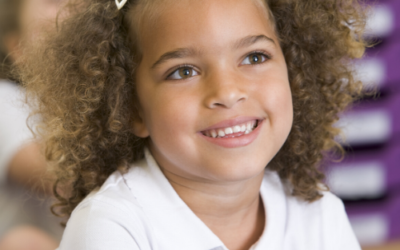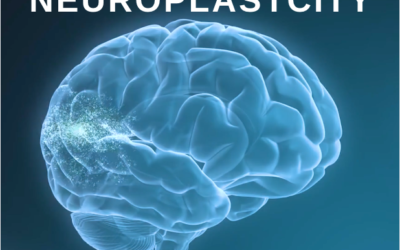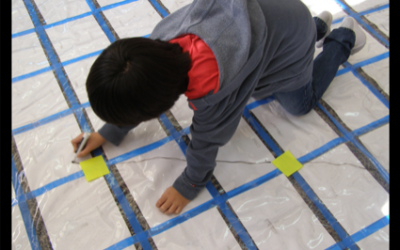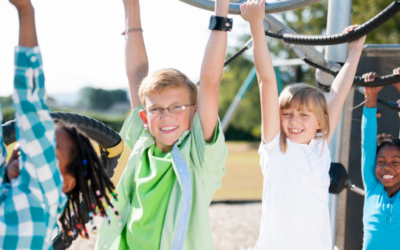The Emotions of Learning
“Learning is easier to store, remember, and retrieve if it has an emotional base,” (Oberparleiter, 2004, in Lengel, & Kuczala, 2010, p. 19 ). Students who feel safe and respected are more highly motivated to learn and are more likely to be intrinsic learning. ...
A Bit About Memory
Short-term memory includes both immediate and working memory, each with very restrictive time and capacity limits (Sousa, 2008). The hippocampus uses “sensory input from the thalamus, movement coordination in the basal ganglion and emotions in the hypothalamus to...
Your Brain Grows When You TRY to Pay Attention
Before appropriate connections have been made in the brain between the senses and structures in the brain, it is difficult for the child to make sense of the word and is very difficult for him to pay attention (Gold, 2008). Merzenich discovered that paying close...
Neuroplasticity
In the last couple of decades, mostly from the work of Michael Merzenich, neuroresearchers have begun to understand that the brain is not rigid, rather is plastic and capable of change until the day we die. In fact, back in 1949, Donald Hebb was the first to propose...
Benefits of Incorporating Movement into the Classroom
If you are a classroom teacher, you know how hard it can be to keep children's attention for long periods of time, especially when seated at their desks. Why not get them out of their desks and moving? Besides being fun, there are a lot of added benefits to both the...
The Role of Movement in Neurological Development
The brain of a child with autism is highly aroused and not comfortable in its own resting state (Othmer, 2012). One theory is that there is an overproduction of BDNF, the growth factor that helps neurons to wire together. Areas of the cerebellum, on the on the right...






